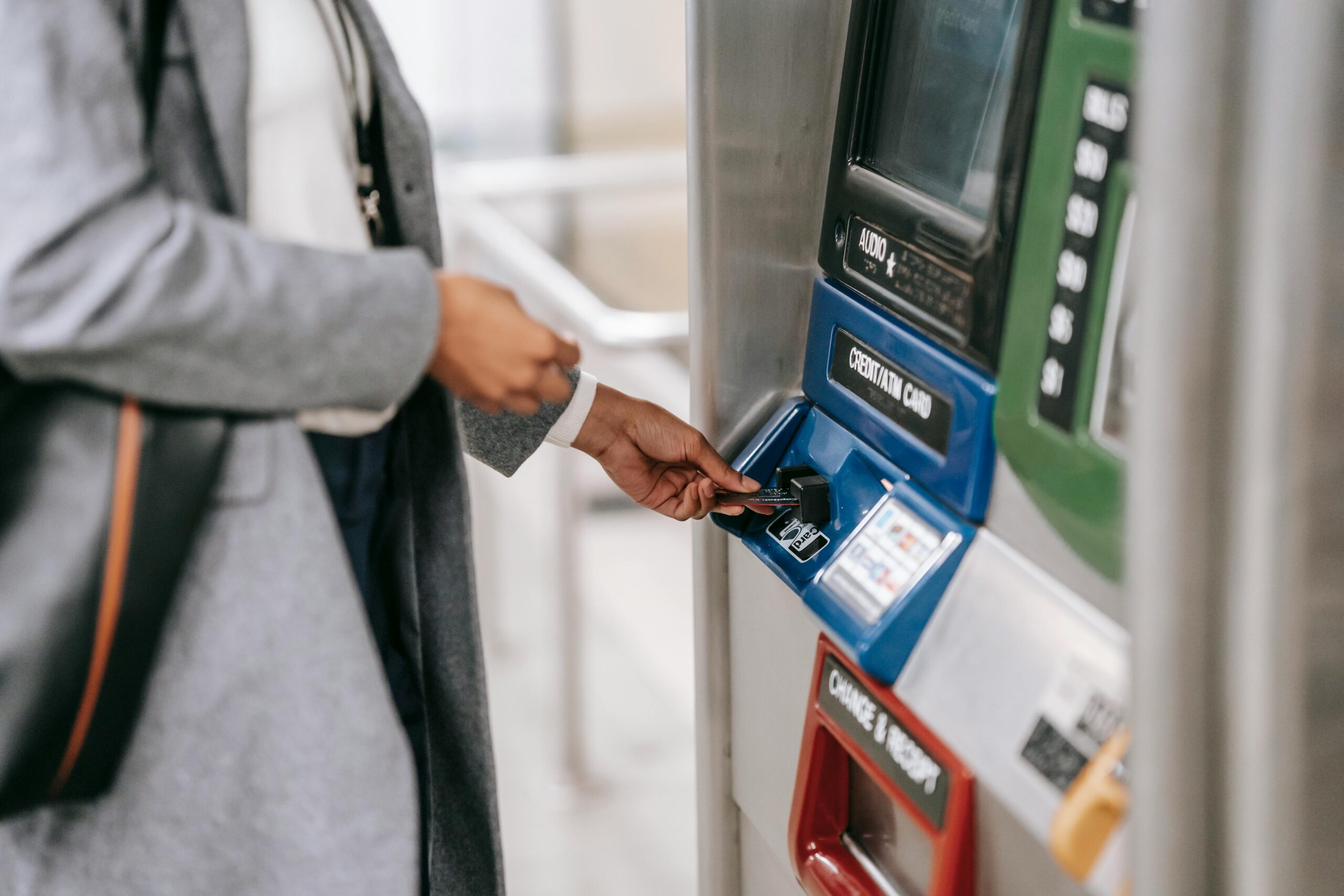
Biometric payment systems have emerged as a cutting-edge technology revolutionizing the way transactions are conducted, offering unparalleled security and convenience.
According to a recent report by Allied Market Research, the global biometric payment market is projected to reach $24.6 billion by 2027, indicating a significant growth trajectory driven by the increasing adoption of biometric authentication methods.
With biometric identifiers such as fingerprints, facial recognition, and iris scans, these systems offer seamless and secure transactions, mitigating the risk of fraud and identity theft.
Biometric payment systems leverage unique physical or behavioral characteristics to authenticate individuals and authorize transactions. One of the most widely used biometric modalities is fingerprint recognition, which analyzes the unique patterns of ridges and valleys on an individual’s fingertip. By linking a user’s fingerprint to their payment credentials, biometric payment systems enable quick and secure authentication at the point of sale, eliminating the need for PINs or signatures.
Facial recognition technology is another key component of biometric payment systems, allowing users to authorize transactions simply by scanning their face. By capturing and analyzing facial features such as bone structure, skin texture, and facial expressions, these systems verify the user’s identity with a high degree of accuracy, enabling fast and frictionless payments at checkout counters or online platforms.
Iris recognition, which scans the unique patterns in an individual’s iris, is also gaining traction as a biometric authentication method in payment systems. With its high level of accuracy and resistance to spoofing, iris recognition offers a secure and reliable means of verifying the user’s identity, enhancing the overall security of transactions.
Biometric payment systems not only enhance security but also streamline the payment process, offering a seamless and convenient user experience. With traditional payment methods such as cash or cards, users often face the hassle of carrying physical items, remembering PINs, or signing receipts. Biometric authentication eliminates these pain points, allowing users to complete transactions with a simple touch, scan, or glance, saving time and effort.
Furthermore, biometric payment systems reduce the risk of fraud and identity theft, as biometric identifiers are unique to each individual and difficult to replicate. Unlike passwords or PINs, which can be forgotten, stolen, or guessed, biometric traits provide a secure and reliable means of authentication, ensuring that only authorized users can access their accounts and make payments.
In addition to enhancing security and convenience, biometric payment systems offer opportunities for financial inclusion and accessibility. By enabling individuals who may have difficulty with traditional authentication methods, such as remembering PINs or signing documents, biometric systems empower a broader range of consumers to participate in the digital economy, promoting financial inclusion and equality.
Conclusion:
In conclusion, biometric payment systems represent a significant advancement in transactional security and convenience, offering seamless authentication and enhanced protection against fraud. As a leading software development company, Coding Brains is at the forefront of leveraging biometric technologies to develop innovative payment solutions tailored to the needs of modern businesses and consumers. With our expertise in biometric authentication and secure payment systems, we are committed to driving the adoption of biometric payment technologies, ensuring safe, secure, and frictionless transactions for all.


Leave a Reply